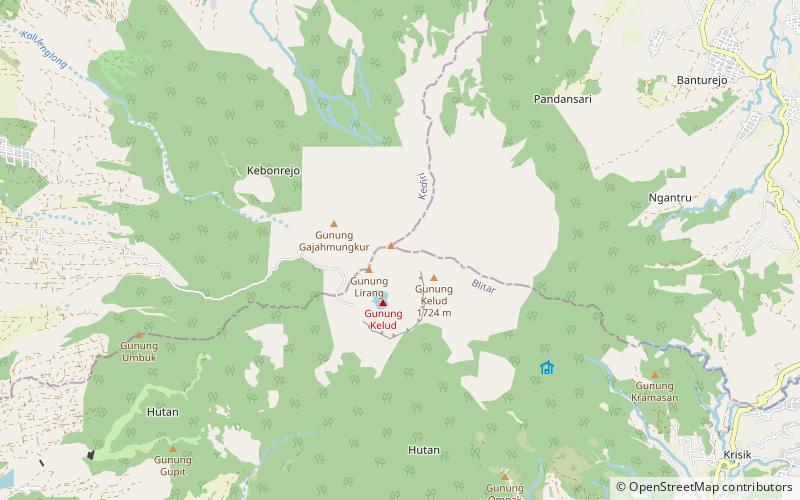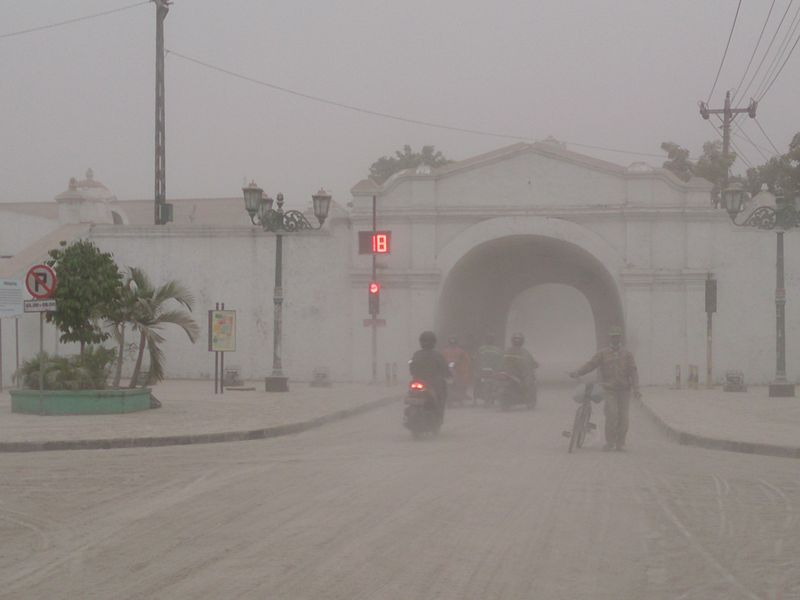Kelud


Facts and practical information
Mount Kelud, a formidable stratovolcano located in East Java, Indonesia, stands as a testament to the dynamic and sometimes volatile nature of the Earth's geology. With an elevation of about 1,731 meters (5,679 feet), Kelud is not only one of Indonesia's most active volcanoes but also one of its most destructive.
Kelud's history is punctuated with frequent and explosive eruptions that have profoundly impacted the surrounding landscape and communities. The volcano has a repeating cycle of growth and collapse, with a notable eruption as recent as 2014, which sent ash and debris flying as far as hundreds of kilometers away, affecting air travel and forcing the evacuation of tens of thousands of people.
Despite the potential danger it poses, Kelud is a significant site for both scientific study and tourism. Adventurous visitors are drawn to the volcano for its breathtaking scenery and the opportunity to witness geologic forces at work. The mountain features a crater lake, which, while serene in appearance, is a reminder of the powerful forces that lie just beneath the surface.
In response to the threats posed by Kelud, the Indonesian government has implemented extensive monitoring and early warning systems designed to safeguard the populace. These measures, along with evacuation plans and public education campaigns, are aimed at minimizing the impact of future eruptions.
East Java
